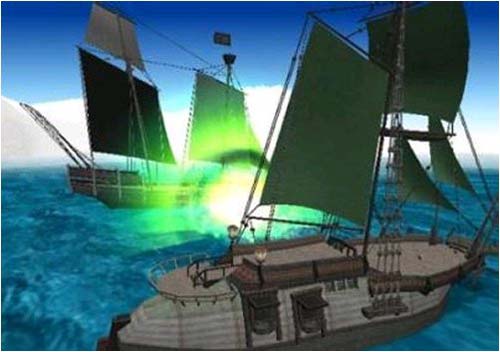Killer 7 was one of, if not the most polarizing game of its generation. I have seen debates in which people are asked to “step on one side of the line” in regards to what they think of a game, but only after Killer 7 popularized the idea. You must either love or hate this one, with no chance of finding a middle ground.
What could cause such divisive opinions in the first place? We can start by blaming ourselves. Killer 7 was announced early in the Gamecube’s life, when users were scrambling for another violent, mature game that could legitimize Nintendo’s place in the console war. Nintendo’s family first attitude was costing them users and goodwill, so fans of the company felt compelled to defend them, as well as their purchase. → Read the rest







